Palmetto Bluff Real Estate Company Sales Office
Office Hours
Monday-Friday 9am - 5pm
Saturday 9am - 4pm
Sunday 12 - 4pm
Saturday 9am - 4pm
Sunday 12 - 4pm
Fish eyeballs. Chef Adam Evans thinks about them every day. Fish eyeballs aren’t the sexiest ingredient. In fact, throw some in a blender, and you’ve got some good horror film fodder. But this is the path Evans chooses. In Evans’s kitchen, every part of the fish is honored and utilized. Where most restaurants will see 60 percent waste from one fish, Evans is dedicated to utilizing the entire fish—the eyeballs, the skin, the head, the tail—and creating interesting dishes that tell a story and reduce his waste footprint on the world.
And that is what makes him different.
But different has always been his jam. Growing up in Muscle Shoals, Alabama, a town known for its music roots, a young man could easily be moved to make music. Not Evans. He was moved by the work his grandfather did outside and what his grandmother made of that work inside. “Like all good Southern kids, I learned how to cook at the knees of my mother and grandmother. But it was my grandfather’s garden—he was always working in it—that got me really involved in the idea of cooking.” Evans was getting his hands dirty at an early age in the garden—which he described as “an event in itself.”
Farming and gardening was the way of life for Evans’s grandfather, who was born in 1909. It was what he knew. His family grew their own vegetables, raised and slaughtered their own hogs, and smoked the bacon and ham in the smokehouse. Eventually, he passed on his knowledge, creating a window for Evans to see the whole process. “The idea that the seeds from last year can be planted this year, and in six to eight weeks, you have vegetables was interesting to me,” Evans said. His grandfather would watch for ripeness, then pick, wash, and place the vegetables on the back porch for Evans’s grandmother. She would start cooking while Evans’s grandfather would sit on the back porch and wait for dinner. But Evans—he followed his grandmother into the kitchen.
These childhood experiences ultimately led Evans to a career as a chef. While he cut his teeth in impressive kitchens in New York, Atlanta, and New Orleans, he dreamed of opening his own place and having something to call his own. “I had to try,” he said. He paid close attention to his mentors and took the time to learn everything he could so he didn’t make mistakes that would cost him money. Eventually, he got to the point where he thought he could limit his mistakes. After 15 years, he was ready. Evans returned home to Birmingham in 2017 to open his first restaurant with his wife, Suzanne Humphries Evans, who is co-owner and project designer of Automatic Seafood and Oysters.
Birmingham, a landlocked city, is an interesting choice for a chef who wants to open a seafood-centric restaurant. So why seafood? “I really got to learn and appreciate seafood working in New York City. I worked the fish station at Tom Colicchio’s Craft for five years. I learned about fish and fish species that I had never heard of, and working for Colicchio, we worked with the best fisherman and purveyors. Pairing the fish with seasonal farm ingredients was simple and fresh, and it worked.”
As Evans began to build his restaurant concept, he was inspired by Australian chef Josh Niland. At Niland’s restaurant St. Paddington, the focus is on sustainably sourcing seafood and utilizing the entire fish. And that brings us back to the eyeballs that Evans grinds into a liquid, mixes with tapioca starch, steams, and then dries, creating something closely resembling a pork skin, or cracklin’. Voilà! From fish eyeballs to a Southern staple. But it is not all eyeballs. “We have a chip and dip situation on the menu made of sushi-grade tuna. It is all about getting creative.” And going back to his roots. The seafood-forward menu also highlights seasonable vegetables, such as a grilled, pureed, and fried sweet potato dish and wok-roasted cabbage with Korean BBQ sauce.
But back to Birmingham—and the fish. Evans focuses first on the Gulf for sourcing his fish and will supplement the menu with other East Coast fish as they are in season. “But it has to start in the Gulf,” he says. His oyster bar features Gulf oysters, including wild Apalachicola oysters, which pop up “healthy and tasty,” as well as oysters from North Carolina, Virginia, and even Washington state.
Evans’s risk is reaping a great reward. Just a few months ago, Automatic Seafood and Oysters was named “Best New Restaurant” by both Esquire and Thrillist. To that Evans says, “What we’ve done . . . we have to keep it going. We appreciate the attention, and everyone deserves a pat on the back, but now we have to work harder to keep it going. It is the hard part and the fun of it,” Evans says. “It forces us to work together and be creative; it brings us together . . . kind of like being on the back porch.”
Photography by Caleb Chancey.
%GALLERY%

Warm, fragrant, and deeply comforting, Chef Beth’s Southern Sausage & Sage Stuffing is a holiday classic that brings together rich pork sausage, fresh herbs, and toasted bread for the ultimate savory side dish. Studded with green apples and aromatic vegeta...
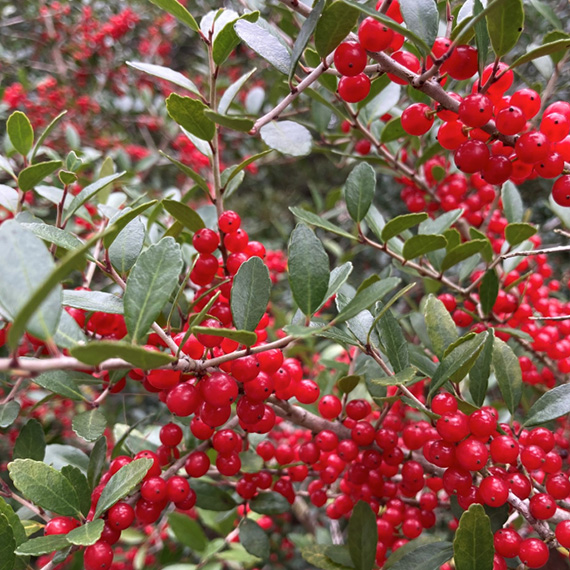
As December settles over Palmetto Bluff, it brings softer light, cooler mornings, and the natural beauty of native evergreens and winter berries that define the Lowcountry landscape. Palmetto Bluff Conservancy’s Education and Outreach Manager, Aaron Palmier...
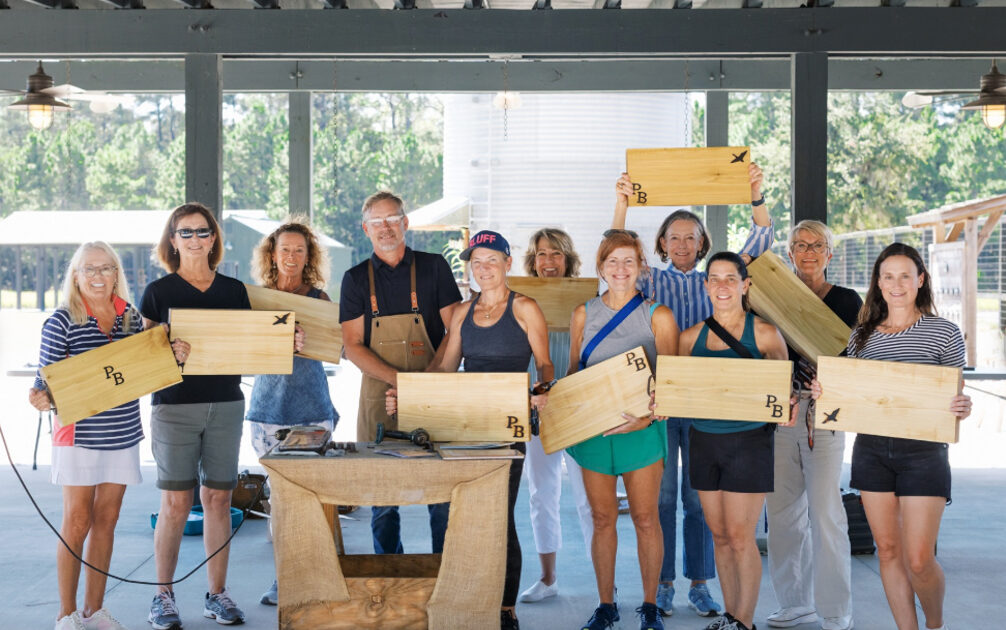
In 2025, Palmetto Bluff welcomed new neighbors and old friends, groundbreakings, and long-awaited openings. From inspired Club gatherings and elevated programming to the creation of our latest golf course, the year was defined by connection and excitement for ...
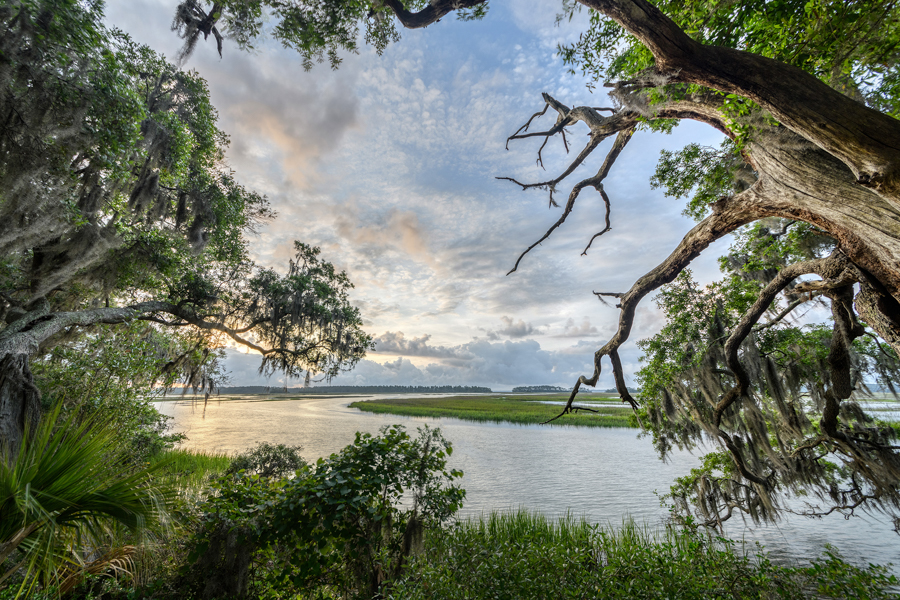
There is something serene about waking up to shimmering water, the stillness of the woods, or the sweep of marsh and sky right outside your window. Even without stepping outside, science shows that simply seeing nature from home can meaningfully improve mental...
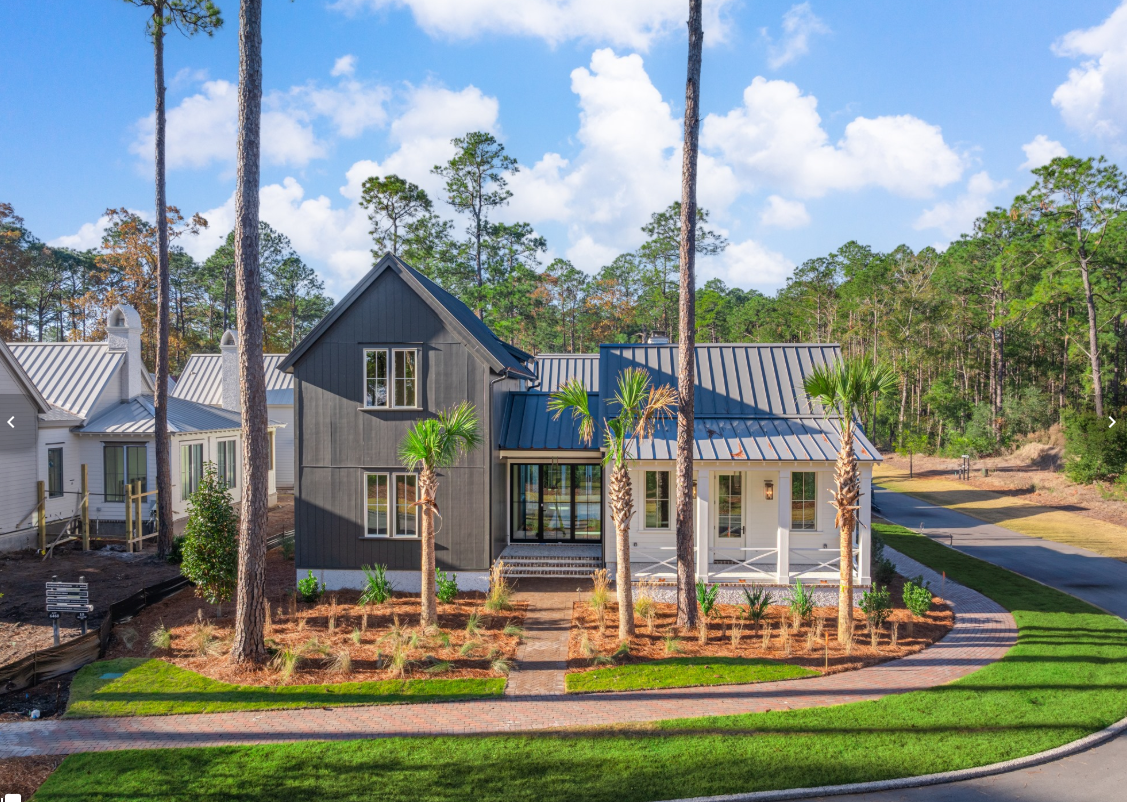
The Ultimate Choice: Building vs Buying a Home in Palmetto Bluff For those searching for Palmetto Bluff homes for sale, this common question often arises: Should you choose an existing residence, or embrace the opportunity to build your own? While a complet...

A Complete Guide to South Carolina Winter at Palmetto Bluff South Carolina's winter is unlike any other on the East Coast. While many travelers search for “South Carolina winter” expecting cooler temperatures and limited outdoor options, the Lowcountry revea...
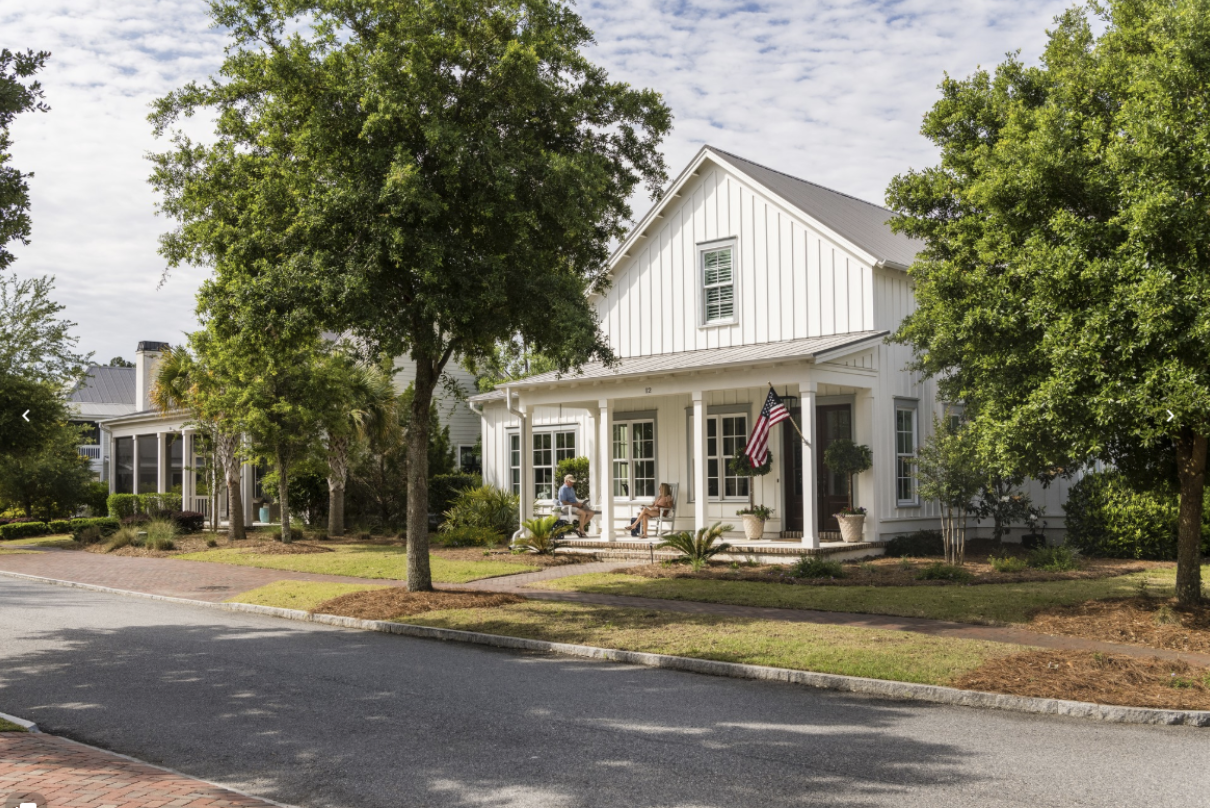
River Road: Where Lowcountry Beauty Meets Elevated Everyday Living Tucked gracefully between Wilson Village and Moreland Village, River Road is one of Palmetto Bluff’s most immersive communities. It's where the pace of life seems to soften, classic Southern ...
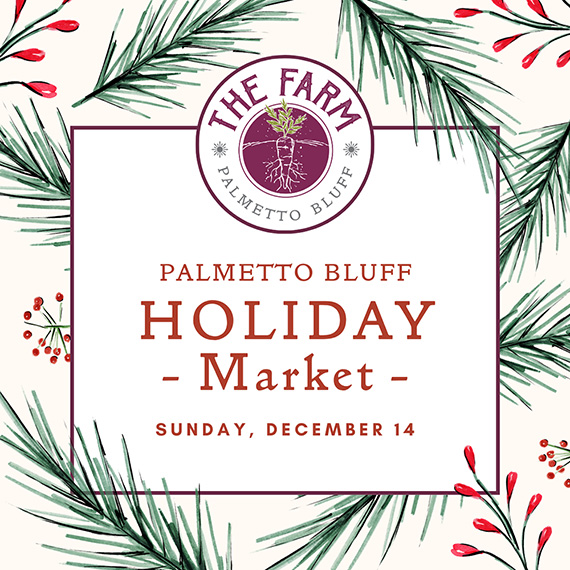
Sunday, December 14 | 9am to 1pmVillage GreenThe season’s most festive farmers market, the Holiday Farmers Market, comes to Wilson Village on Sunday, December 14, from 9am to 1pm. All are welcome to visit and experience the magic of holidays at the Bluff. The ...

Tucked amid whispering pines and overlooking a tranquil water trail, 11 Lyonia Street is where Lowcountry charm meets modern artistry. The newly built residence redefines Southern living with a balance of craftsmanship and calm. This is a home that feels both ...
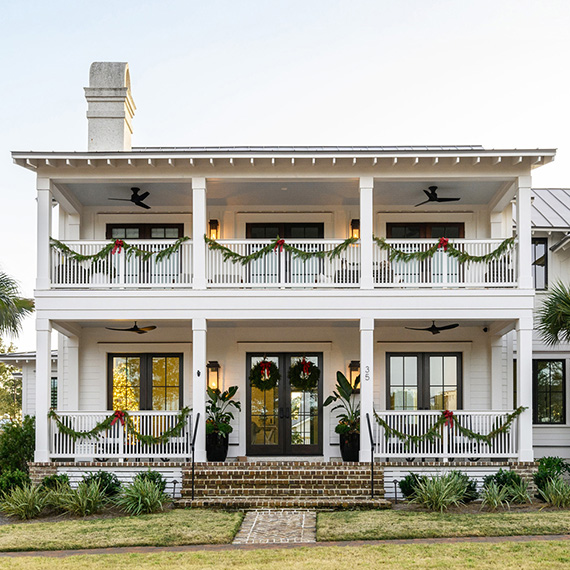
The holiday season in the Lowcountry brings crisp air, oaks draped in twinkling lights, and laughter drifting from homes where families and friends gather once again. At Palmetto Bluff, the holidays are more than just a season; they’re a feeling of togethernes...
Learn about the Palmetto Bluff Conservancy and how we keep the vision of our land in place.
On land or water, there is an ever-evolving variety of activities.
We do not attempt to independently verify the currency, completeness, accuracy or authenticity of the data contained herein. All area measurements and calculations are approximate and should be independently verified. Data may be subject to transcription and transmission errors. Accordingly, the data is provided on an “as is” “as available” basis only and may not reflect all real estate activity in the market”. © [2023] REsides, Inc. All rights reserved. Certain information contained herein is derived from information, which is the licensed property of, and copyrighted by, REsides, Inc.